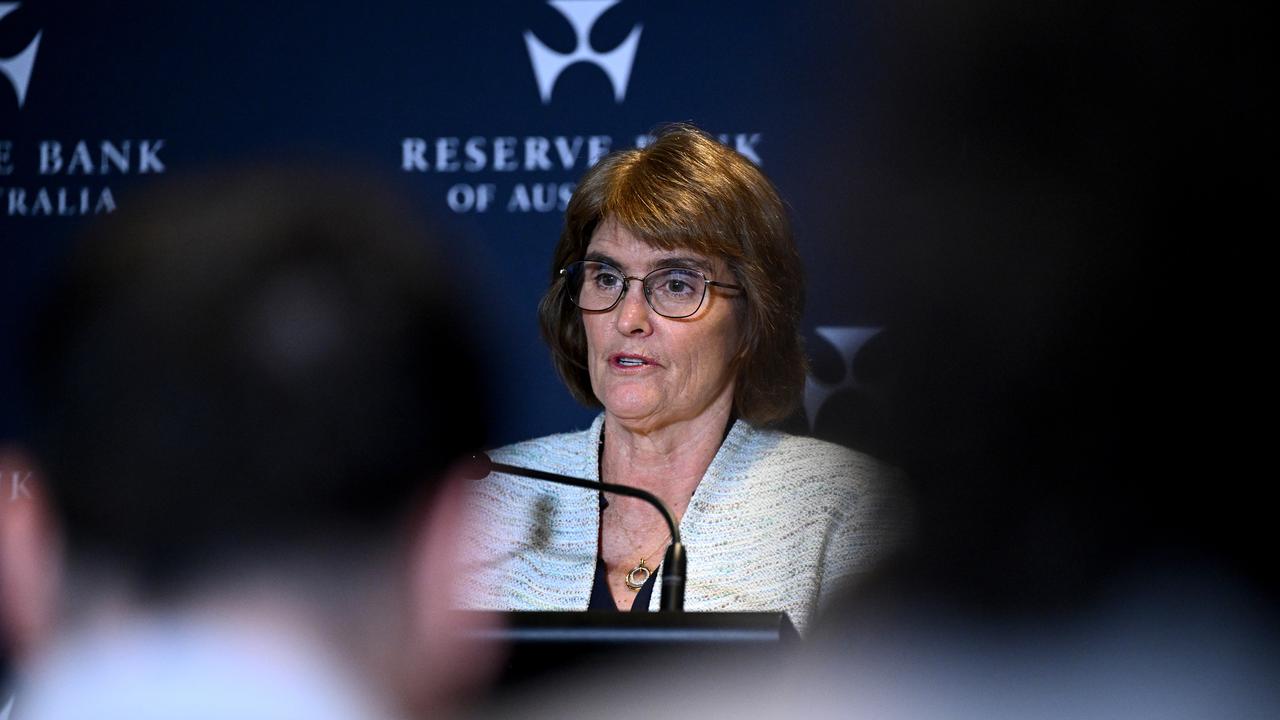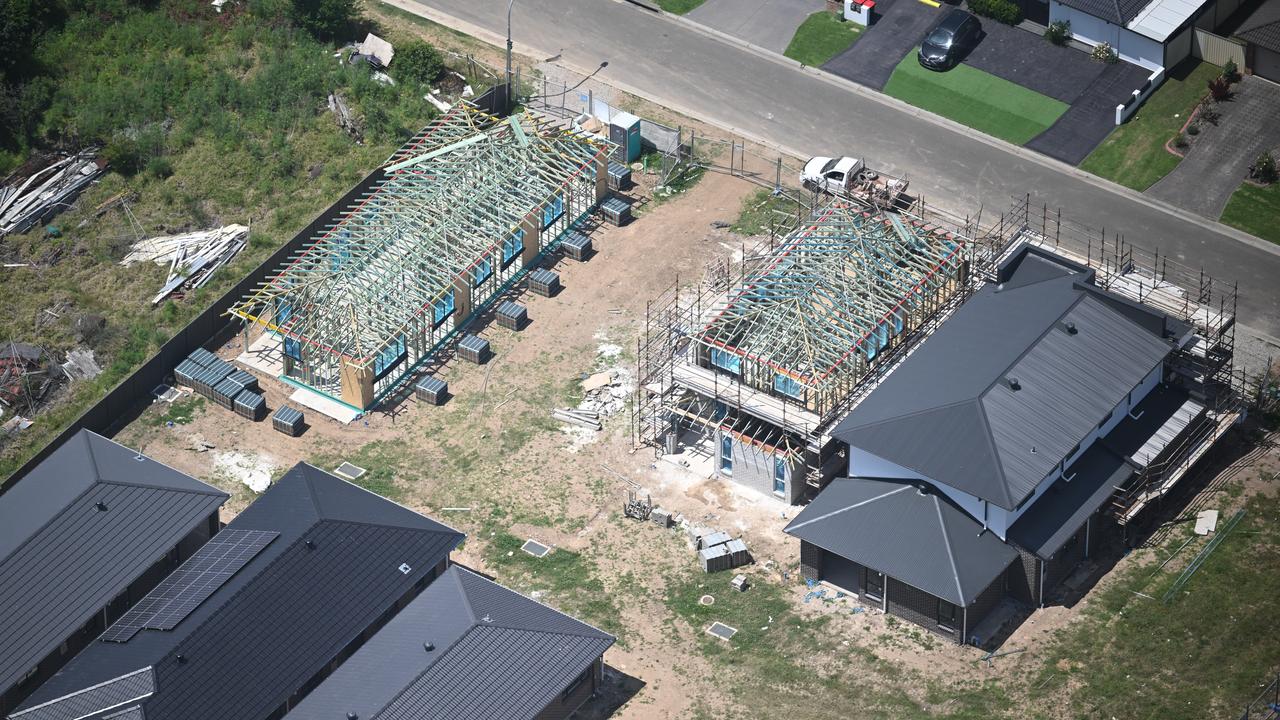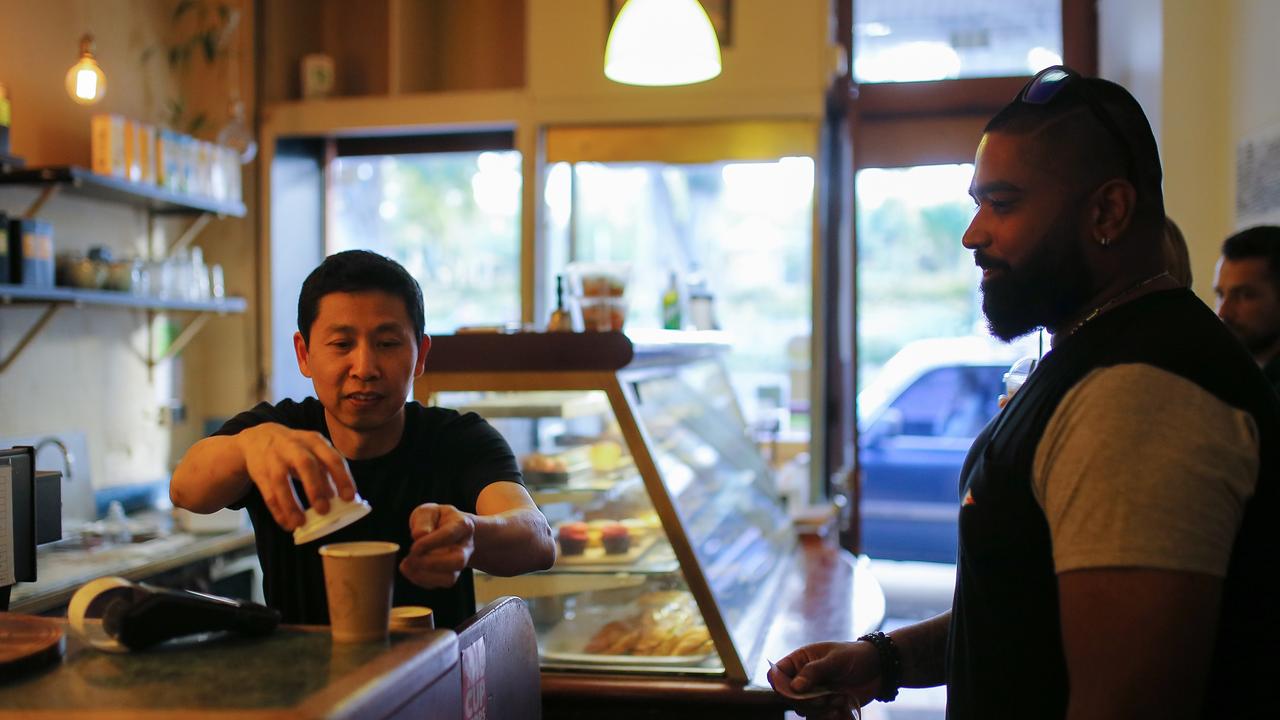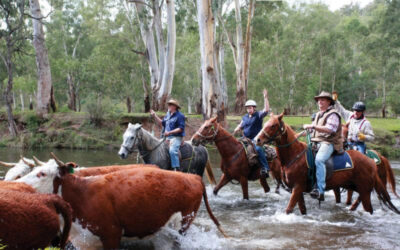In the shock inflation print that scared the Reserve Bank off cutting interest rates at its latest meeting, two items gave governor Michele Bullock particular cause for concern.
After the central bank kept the cash rate steady at 3.6 per cent on Tuesday, Ms Bullock did not rule out more rate cuts, if a spike in inflation proves to be temporary and price growth resumes its downward trajectory.
But a rise in the cost of new dwellings and the price of services, such as dentists and takeaway meals, suggests inflation could be more entrenched than previously feared.
That could rule out further rate cuts.

As it stands, Ms Bullock thinks the big jump in September was largely “transitory”, driven by one-off factors like a rise in council rates and international travel, and won’t be repeated.
“Now we’ll be looking at the data, and if that doesn’t look like it’s happening, then we’ll have to re-examine our forecasts and our thinking about how much of it was temporary and how much was not,” she told reporters following the meeting.
Commonwealth Bank head of Australian economics Belinda Allen saw the September inflation jump as driven by stronger consumer demand, rather than just temporary factors.
“Market services and new dwelling construction costs do generally have more persistence to them compared to other categories,” she said.
In the RBA’s Statement of Monetary Policy released alongside its cash rate decision, bank staff said reduced discounting and increased base prices contributed to the rise in the cost of new homes.

Boosted by lower interest rates and rising real wages, buyers have flooded back into the property market.
“The unwinding of discounting by home builders could be a one-off,” RBA staff wrote.
“Although it could also continue alongside ongoing strength in the housing market.”
Strong services inflation could also reflect the economy is heating up in a way that would be more difficult for the RBA to get back under control.
Prices for services are more influenced by wages and therefore more reflective of domestic inflationary pressures.
“The quarterly inflation rate picked up across a number of components, most notably for meals out and takeaway food – which may partly reflect difficulty finding staff, as well as rising costs for some food inputs,” the Reserve Bank said.

Australia’s ailing productivity growth in recent decades has exacerbated rising labour costs.
The RBA expects productivity growth to increase, taking pressure off unit labour costs for businesses.
But another below-forecast result for productivity could mean it takes longer to get inflation under control than the RBA predicts.
As Ms Bullock made clear, the board will keep a close eye on upcoming data and all options are on the table, including a rate rise.
“If inflation remains elevated in 2026 and does not come down on a quarterly basis, the RBA may need to act,” said Ms Allen.
Australian Associated Press is the beating heart of Australian news. AAP is Australia’s only independent national newswire and has been delivering accurate, reliable and fast news content to the media industry, government and corporate sector for 85 years. We keep Australia informed.





